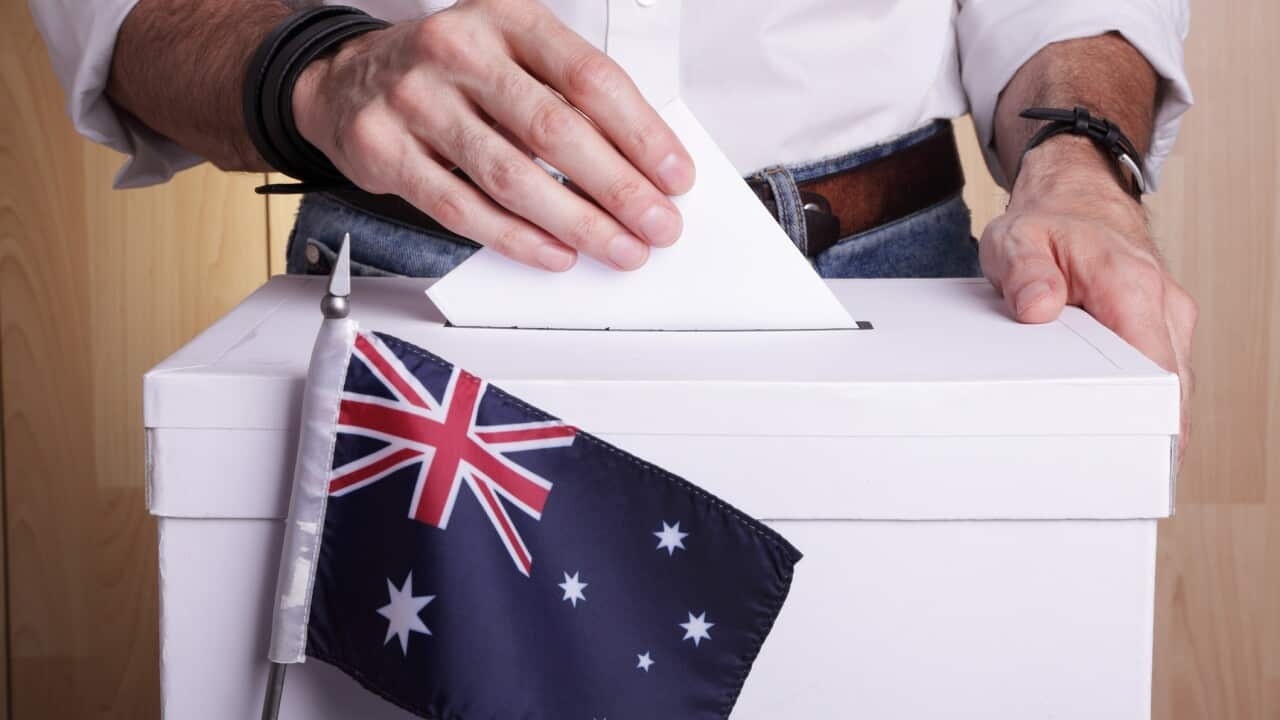Key Points
- Australia’s Parental Leave Pay offers up to 22 weeks of payments for eligible parents caring for a newborn or adopted child.
- Eligibility requires meeting strict work, income, and residency criteria.
- From July 2025, Parental Leave Pay will increase to 24 weeks and include superannuation contributions. From July 2026, it will increase to 26 weeks.
- Some employers provide additional parental leave payments with varying conditions.
Expecting a baby is a special and exciting time, but it can also bring financial stress. Parental leave payments from the Australian government and employers can help ease this burden, allowing parents to receive income while staying home to care for their baby.
What is Australia’s Parental Leave Pay scheme?
is a payment from the Australian government helping families take time off work to care for a newborn or newly adopted child under two years old. It can be shared between parents.
It's currently paid for a period of up to 22 weeks. From July 2025, this will increase to 24 weeks, and from July 2026 to 26 weeks. From July 2025, .

Credit: Maskot/Getty Images/Maskot
Am I eligible for Parental Leave Pay?
To qualify for Parental Leave Pay, you must be the child's primary caregiver, and meet a work and income test. You must have worked at least 330 hours in the 10 months before the birth or adoption of your child. You must also have an adjustable taxable income of $175,788 or less.
“When your child is born or adopted, you must be living in Australia, and you either need to have an Australian citizenship, a permanent visa, a special category visa, or certain temporary visas, for example, a temporary protection visa,” explains Hank Jongen, the general manager of Services Australia, which manages the Parental Leave Pay scheme.
You must have lived in Australia for two years before the child's birth or adoption. Time spent overseas is excluded from this period.
Hank Jongen says that parental leave pay can be shared by two parents if both are eligible: “The payment is designed in such a way that it accommodates different family arrangements. So you can claim if you're the birth mother's partner, the child's biological father, or the partner of the child's biological father. But it's important to understand that the birth mother must agree to those arrangements and must approve any payments that are going to either the partner or other relevant family members.”

Asian Chinese young father feeding his baby boy son with milk bottle at living room during weekend Credit: Edwin Tan /Getty Images
How to claim Parental Leave Pay
Check your eligibility on the , and apply online through Centrelink via
Parental Leave Pay can be taken in one go or in blocks. You cannot work on the days when you receive the payments. You need to notify Services Australia if your circumstances change, such as returning to work, altering your leave dates, or traveling overseas.
For additional support, on the Services Australia website, and Centrelink’s multilingual call centere can be reached at 131 202.
Parental leave payments through your employer
In Australia, . These are completely independent from the government’s Parental Leave Pay scheme.
Eligibility and rules vary, so it’s important to check with your employer and refer to your enterprise agreement. Organisations like can also provide advice.
Employees who have worked for their employer for at least 12 months are entitled to , which guarantees their role is held for up to 12 months.

Credit: Johner Images/Getty Images/Johner RF
Why are parental leave payments important?
While Australia’s Parental Leave Pay scheme is set to expand, of 51 weeks of paid leave.
Dr Adele Murdolo, CEO of the Multicultural Centre for Women's Health, highlights the broader societal and economic benefits of paid parental leave.
“It contributes so much to our community, just not taking some pressure off women themselves when they're parenting and other parents when they're parenting, but also contributing so much to the care of children,” she explains.
“There’s a lot of research that shows the economic benefits of paid parental leave schemes, but there are also a whole host of social benefits for the community of having happy and healthy parents, and happy and healthy children.”
Dr Murdolo emphasises the need for equity in access to parental leave schemes: “Not everybody is entitled to it, so people do need to investigate further to find out whether they're actually eligible for the schemes."
Subscribe to or follow the Australia Explained podcast for more valuable information and tips about settling into your new life in Australia.
Do you have any questions or topic ideas? Send us an email to [email protected]












